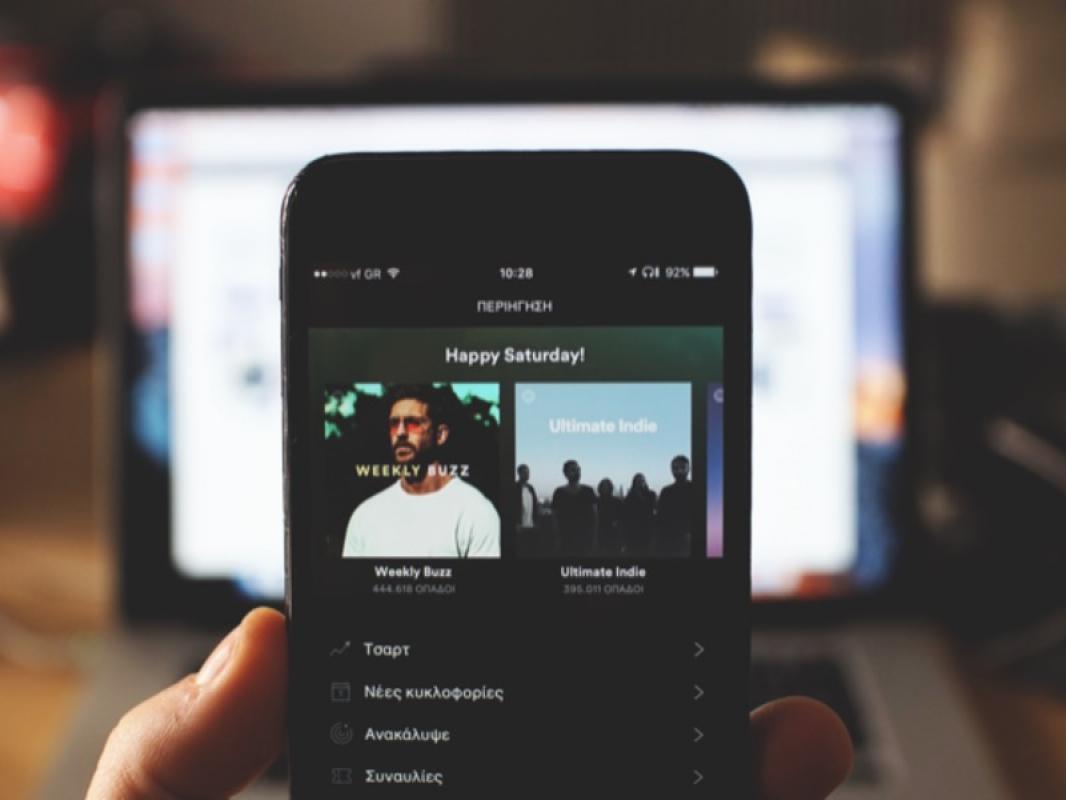First conceptualized in 2004, just as the online social landscape was beginning to form, ‘the fear of missing out’ (FOMO) was being explored in an article written by Patrick McGuiness, a Harvard Business School Graduate. Now, almost 20 years later, FOMO, is one of the most important emerging topics in consumer psychology.
Exacerbated by the increased adoption of social media platforms and accessibility of shared experiences through them, the persuasive feeling that FOMO breeds has become a powerful consumer motivator when it comes to purchasing. Studies on the connection between FOMO and consumption, whilst relatively new, show strong correlation between the two. When consumers compare what they have in term of possessions and/or experiences and realize they are worse off, they will try to reduce the possession gap. This is often described at the “keeping-up-with-the-Joneses” effect - by acquiring products and experiences to ‘close the gap’ (Argan & Argan, 2019). In other words, FOMO can be seen to provoke a cognitive and/or emotional response in consumers wishing to feel more connected to their peers through items they own or experiences they enjoy.
Newer definitions of FOMO also include the idea of the self-concept - how consumers view themselves privately vs how they view themselves publicly (through social media etc) and is referred to as personal FOMO. Perceived threats to this self-concept will incite feelings of FOMO and will drive consumers into purchasing decisions. Personal FOMO refers to the FOMO on experiences that can maintain or enhance the private self and social FOMO relates to the FOMO on experiences that can maintain or enhance the public self (Zhang et al., 2020). This nuanced dissection of personal and social FOMO is a great tool for marketers to truly understand how FOMO can be harnessed to sway consumer purchasing decisions. FOMO based consumption can also be driven for reasons of self-promotion, similarity avoidance and perceived social status.
An in depth understanding of FOMO and the emotional responses which are formed from it have shaped the basis of some of the most successful product campaigns in the social media era. Music platform, Spotify, saw this effect after releasing the “Spotify Wrapped Campaign”. Spotify Wrapped is a personalized annual breakdown of its users’ listening history with interesting statistics and facts such as their most played artist, total minutes listened etc. Users then share their personalised packages through their various social channels, becoming “unpaid influencers” of the product.
In 2019, after the first week of going live with the newly branded “Wrapped” campaign, nearly 60 million users engaged with the app, amassing nearly 3 billion streams. The campaign incites the effects of FOMO in leading the new users to favour Spotify (Swant, 2019). The users were encouraged not only to download and use the app, but also to engage with the app all year round as the campaign occurs annually. In 2022 a study was done by BISMA surveying 150 respondents from Indonesia who had seen the “Wrapped campaign” at least once via social media which looked to unearth insight into consumers psychological and emotional factors that contributed to their feeling of FOMO (Yoga et al., 2022).
It was found that firstly the higher level of FOMO led to a higher likelihood for purchase intention, supporting previous studies about the effect of FOMO and consumer buying. The second main takeaway from the study found that individuals with greater anticipated elation (in other words the positive emotion toward an expected transaction) will respond more to FOMO toward the Spotify campaign. Finally, individuals with greater anticipated envy of others will respond more to FOMO of the Spotify campaign. This again is consistent with previous studies that evoking jealousy in a consumer can heavily influence their purchasing decisions.
For today’s marketers, FOMO is a multifaceted phenomenon which affects and drives consumer purchases in a variety of individual ways. Consumers can experience FOMO from not being aligned with their own perceived self-image (personal FOMO) or from seeing the experiences and products or people they follow on social media (public FOMO) - both of which have a strong effect on the individual’s consumer purchasing decisions. And for marketers, as seen in the Spotify Wrapped campaign and other studies, evoking feelings of anticipated elation or anticipated envy in future transactions will both positively effect a consumer’s likelihood to purchase. As social media platforms continue to innovate and engineer more ways to share experiences and keep user engagement high, FOMO will continue to penetrate the psyche of the consumer, driving their individual purchasing decisions.


